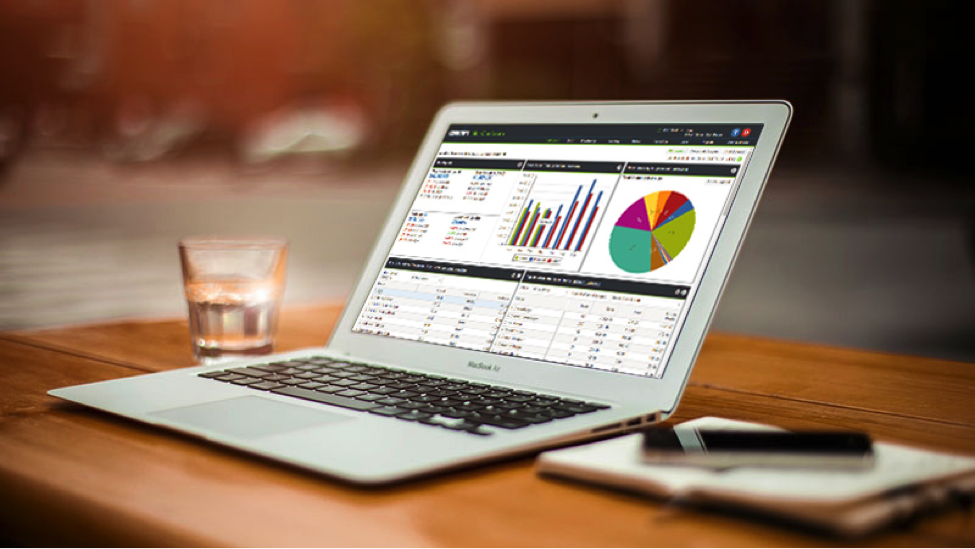Food cost management for a restaurant chain is a simple concept, but difficult to master. It's a little like getting in shape; to do that, all you need to do is eat healthier and exercise more. It’s easier said than done. With that in mind, here are two easy and effective ways a restaurant can plan for better food cost control.
1. Every day know how much to prep
Don’t guess about how much food your team needs to prep. Over-prepping leads to excess inventory and waste, which then turns into higher food costs. Under-prepping can cause stress as supplies run short, and may spur an emergency production run, which often creates too much food that subsequently turns into waste! Avoid this vicious cycle.
Veteran managers may be tempted to "go with their gut" when deciding how much to prepare, but experience shows it's better to do detailed production planning by creating a forecast based on historical data, and to do so every day. With the proper tools it can be done quickly, and the payoff is substantial.
2. Every day always track your waste
Understanding what winds up in the back dumpster is as important as knowing what ends up on a guest’s plate. When food costs are too high, the goal is to determine the cause:
· Prices paid for food inventory
· Data error (e.g. inaccurate receiving or invoicing)
· Operational fault (like improper recipe prep, portioning, spoilage, and theft)
Accurate waste tracking tells the manager if waste is a problem and allows him or her to quickly zero in on operational issues. Tracking waste saves a restaurant time and money—often 2 percent to 5 or or more depending on current operation.
Pro Tip:
Accounting for wasted recipes (vs. individual ingredients) can be tricky. For example, if a team member drops a container holding 12 servings of New England clam chowder, aside from there being an awful mess to clean, there are three options a manager has to account for the loss:
1. Look up the recipe for clam chowder, determine the amount of each ingredient in 12 servings, and record each amount of each ingredient as individually wasted product.
2. Don't record it
3. Use a restaurant back office solution that "knows" the ingredients in 12 servings of soup. Enter "12 Servings of New England Clam Chowder" into the system as waste. The BOH system will automatically deduct the correct amount of all the individual ingredients from inventory, and mark them as wasted.
The third option is easy and the most appropriate for a fast-paced restaurant. The second option is easier still (and quite popular) but it won't help with food cost management or anything.
These two steps aren't too complicated. By preparing a forecasted production plan and keeping track of what's wasted, every day, a restaurant chain can take two major strides towards better food cost management.
Reach out to us at www.crunchtime.com to learn more.

